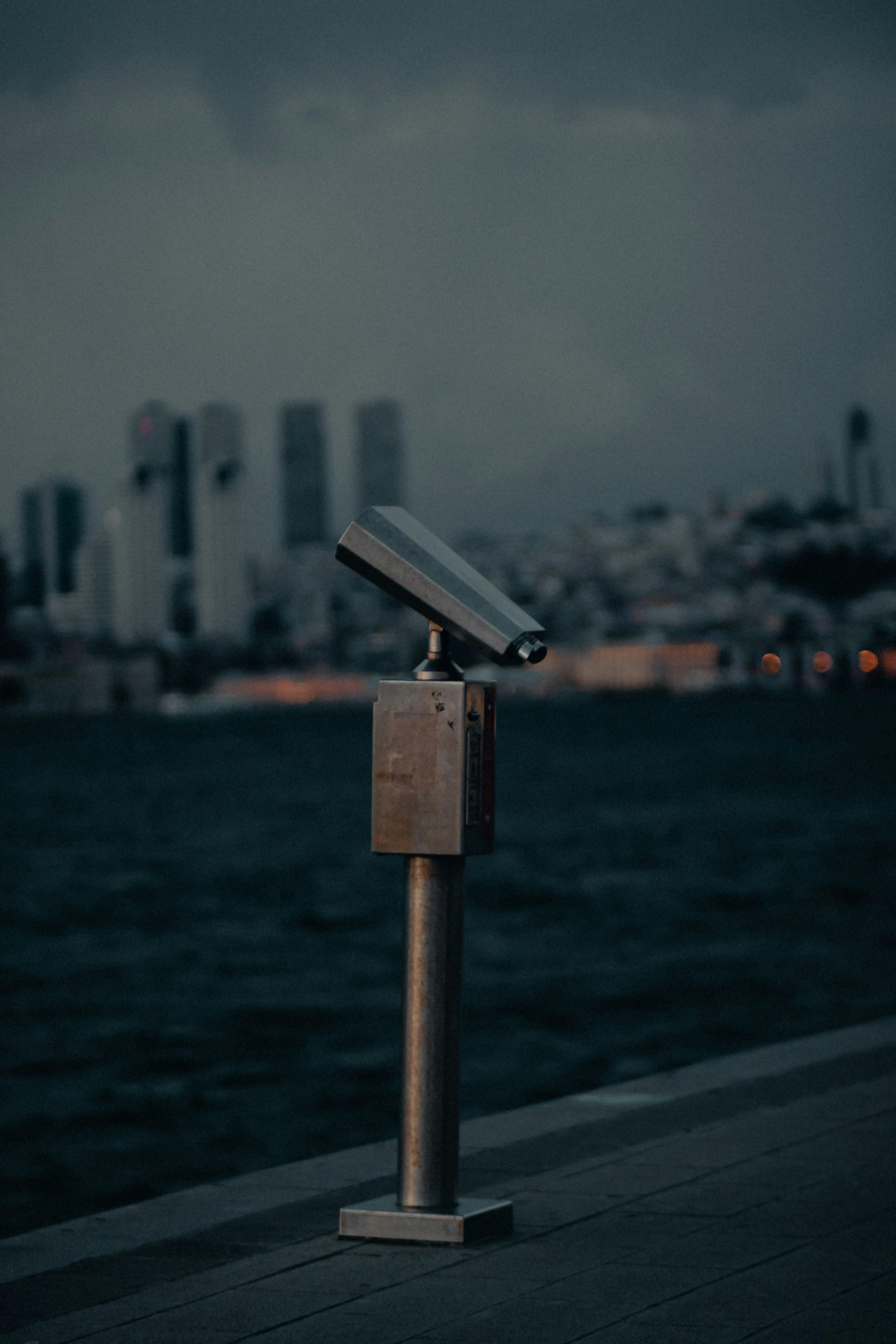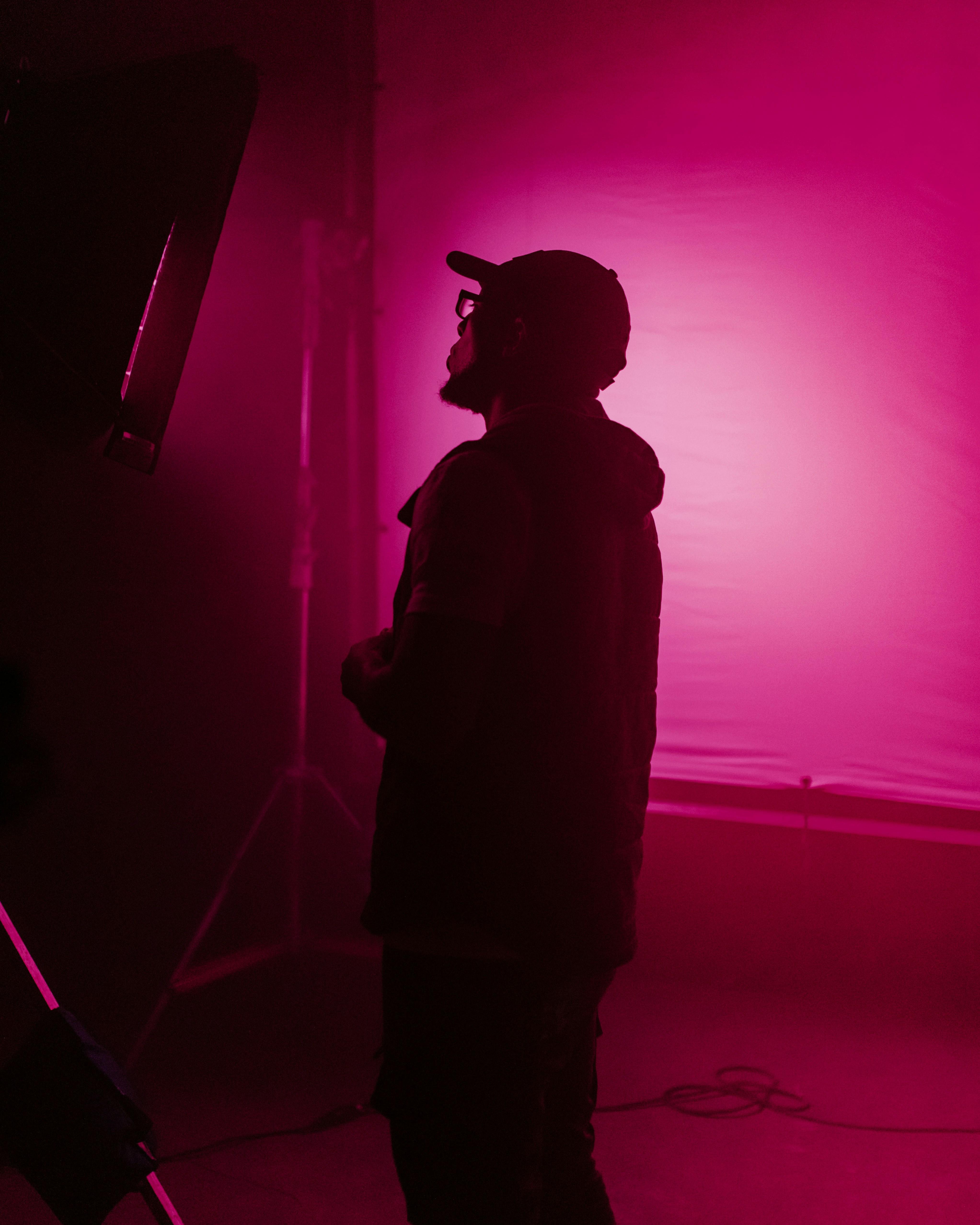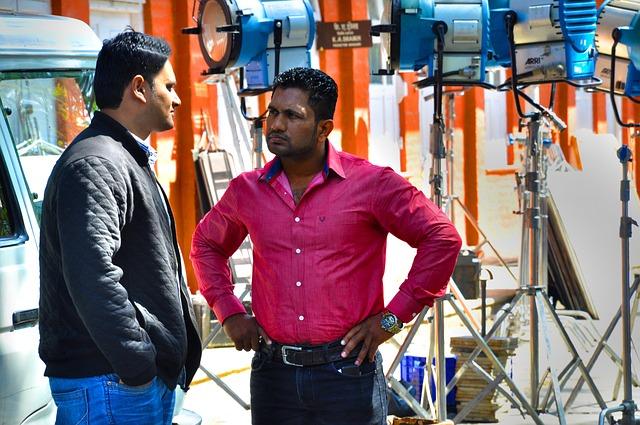Before the cameras roll and the lights illuminate the set, a director embarks on a journey into the realm of imagination, where scripts transform into vivid, cinematic experiences. This process, often unseen and deeply personal, is where the essence of storytelling takes shape. How do directors envision these worlds before a single frame is captured? Through a blend of intuition, creativity, and meticulous planning, they craft a visual blueprint that guides every scene and shot. This exploration delves into the fascinating art and science behind a director’s pre-visualization process, unveiling the techniques and tools that bring a story to life long before the first “action” is ever called.
Crafting the Cinematic Vision: From Script to Storyboard
The journey from script to storyboard is a meticulous process where directors breathe life into the written word. It begins with analyzing the script, breaking down scenes to capture the essence of each moment. Directors often sketch rough visual concepts, transforming ideas into tangible visuals. This stage involves deciding on the color palette, lighting, and camera angles that will define the film’s visual language.
- Script Breakdown: Identifying key themes and emotions.
- Visual Conceptualization: Sketching initial ideas.
- Color and Lighting: Establishing mood and tone.
- Camera Work: Planning shots and movements.
Storyboards act as the blueprint of the film, providing a visual map for each scene. Directors collaborate with artists to refine these sketches, ensuring that every frame aligns with their creative vision. This process not only clarifies the narrative flow but also enables the crew to visualize complex sequences, paving the way for a seamless transition from imagination to screen.
Harnessing the Power of Previsualization Tools
In the realm of filmmaking, previsualization tools are the director’s brush and canvas, enabling the intricate crafting of a cinematic vision before a single frame is shot. These tools, ranging from simple storyboards to complex 3D animations, allow directors to explore the narrative landscape in a tangible form. By employing previs software, filmmakers can experiment with camera angles, lighting, and even character movements, ensuring that their creative vision is both cohesive and achievable.
- Storyboards: Traditional yet effective, providing a visual guide to the sequence of scenes.
- 3D Animations: Offer dynamic simulations of scenes, enhancing the director’s ability to foresee potential challenges.
- Virtual Reality: Immerses the director in a fully realized environment, fostering a deeper connection to the story’s world.
By leveraging these tools, directors can bridge the gap between imagination and reality, meticulously crafting every detail to ensure a seamless transition from script to screen. This foresight not only enhances storytelling but also optimizes production efficiency, allowing for a more focused and intentional filming process.

Color and Composition: Setting the Mood and Tone
Directors often use color and composition as powerful tools to craft the mood and tone of a film. These elements can evoke emotions, highlight themes, and even foreshadow events. Color palettes are meticulously chosen to reflect the narrative’s emotional undercurrents. A warm, vibrant palette might convey optimism or nostalgia, while cooler tones could suggest isolation or tension.
- Warm Colors: Reds, oranges, and yellows can evoke warmth, passion, or danger.
- Cool Colors: Blues and greens often suggest calmness, melancholy, or detachment.
- Monochrome: A black-and-white scheme can create a timeless or dramatic effect.
Composition also plays a critical role. The placement of characters and objects within the frame can guide the audience’s focus and underscore relationships or conflicts. Symmetrical compositions might indicate harmony, while asymmetrical ones can create tension or highlight disparity. By thoughtfully combining these elements, directors set the stage for a visual narrative that resonates deeply with viewers even before a single line of dialogue is spoken.

Collaborative Brainstorming: Uniting the Creative Team
Bringing a story to life on screen demands more than just a singular vision; it requires the collective genius of a creative team. Directors often rely on collaborative brainstorming sessions to flesh out their vision, inviting input from writers, cinematographers, and production designers. This dynamic process not only enhances the narrative but also ensures that every element—from the script to the set design—aligns with the director’s overarching vision.
- Visual Storyboards: Teams often create detailed storyboards, which serve as a visual blueprint for the film.
- Concept Art: Artists contribute sketches and renderings to visualize key scenes and characters.
- Technical Workshops: Cinematographers and directors discuss camera angles, lighting, and shot composition.
- Feedback Loops: Continuous feedback from all team members ensures a cohesive and refined final product.
These sessions are crucial for transforming abstract ideas into tangible visuals, setting the stage for a seamless transition from pre-production to filming.

